Scholarly publishing is a growing concept in academic institutions and academic libraries are at the forefront of ensuring that authors get support related to scholarly communications. Wikipedia refers to scholarly communications as the “creation, publication, dissemination and discovery of academic research, primarily in peer-reviewed journals and books”. One of the foremost developments in scholarly communications in the past few years has been open access (OA), a concept that refers to making research freely available online without any access restrictions. Since the beginning of the 21st century, libraries have been involved in advocacy and promotion of OA to scholarly research to broaden access, increase visibility and deepen the impact of scholarly research. However, these efforts have been hampered by the existence of steep Article Processing Charges (APCs) and other restrictions in scholarly journals.
This prompted concerned bodies like the South African National Library and Information Consortium (SANLiC), a South African non-profit consortium of mainly libraries of academic institutions that aims to negotiate the procurement of and securing access to information resources on behalf of its members to look at strategies to bring publishers on board in promoting OA. This resulted in some concessions from the publishers wherein they allow researchers from SANLiC member institutions to publish OA in selected hybrid journals without or only paying partial APCs. In South Africa, these agreements are termed the Transformational Agreements (TAs).
TAs are a shining light of change in the ever-changing world of academic publication, offering scholarly communication a more accessible, visible, and broader reach to a wide range of researchers. This year marks the third year that the first TAs were signed and, in this article, we look at the impact these have had on scholarly publishing at the University.
Our first interest was whether researchers at Stellenbosch University (SU) have taken advantage of the TAs. Figure 1 below shows that indeed researchers at SU have taken advantage of the TAs and this has been on an upward trend since we first signed these Agreements in 2021.

Figure 1: Increase in articles published OA through TAs
In 2023, the Institution received more requests to publish in hybrid journals than in fully open and subscription journals. Thanks to the TAs, many SU authors were able to publish without paying APCs. This does not only benefit the authors but also contributes to the visibility and impact of the Institution.
However, it is concerning that despite the availability of TAs, a few researchers still choose to lock their articles behind the paywalls thereby losing out on broader appeal, visibility and impact of their research as shown in Figure 2 below.

Figure 2: Choice of publishing model by SU researchers on TA-covered journals
The majority of SU researchers have taken advantage of the TAs. However, the reasons why other researchers still prefer the traditional model of locking their research behind paywalls are not clear.
Given that the University would have paid APCs to publish OA in these journals, TAs have also contributed to cost savings as shown in Figure 3.

Figure 3: Estimate cost savings from APCs as a result of TAs
By 2023, the estimated cost of saving by publishing through the TAs, per publisher has been commendable. SU’s participation in these agreements saved the institution $1 053 761 (about R19 734 000) in article processing charges for 349 articles. Of the 349 articles, 112 were published in quartile 1 journals and 117 in quartile 2 journals.
In conclusion, transformational agreements at Stellenbosch University channels the growth within the openness concept, open access, and open knowledge sharing. The fact that some researchers still prefer to lock their research behind journal paywalls demonstrates the need for stronger advocacy and marketing as well as the provision of support to authors to ensure the rapid growth of OA scholarly publishing. Initiatives such as Open Access Week, outreach, workshops, and publishers training will continue to be used as tools to promote and raise awareness about open access publishing.
See more data about the articles published at SU in the Library’s statistics dashboard (go to the last tab about transformational agreements).
Authors: Sakhile Mngomezulu, Dr Siviwe Bangani
)(1).png)




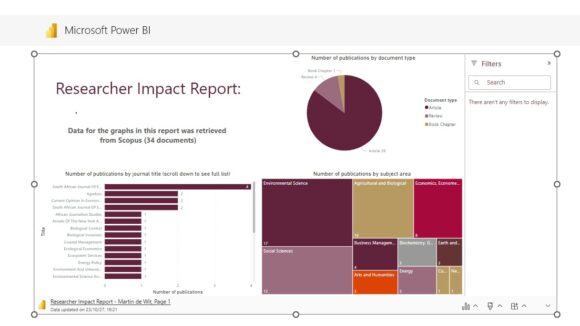
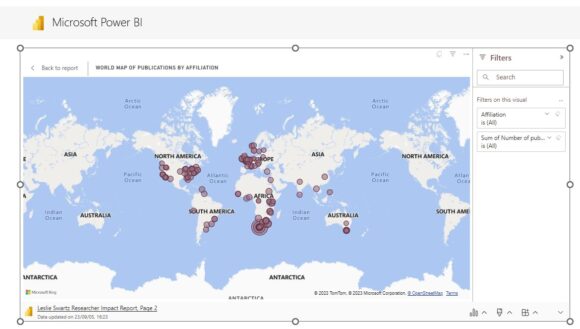
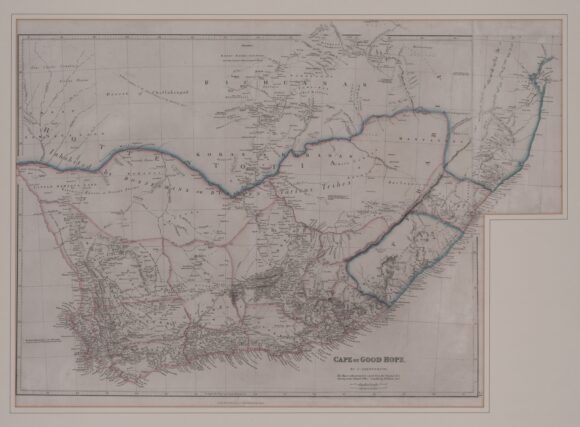
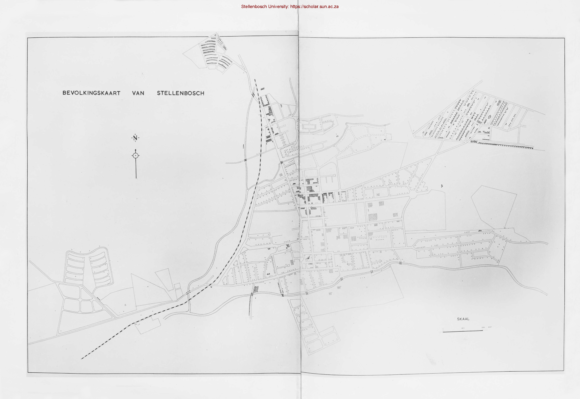
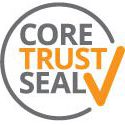





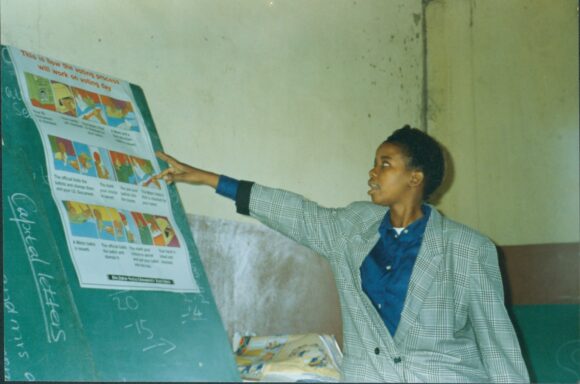



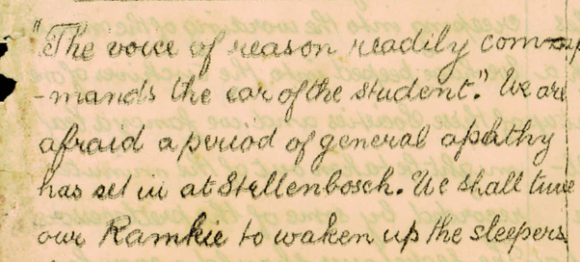
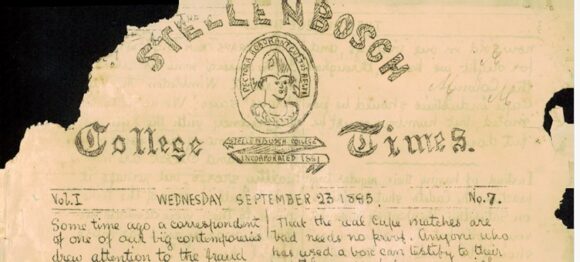
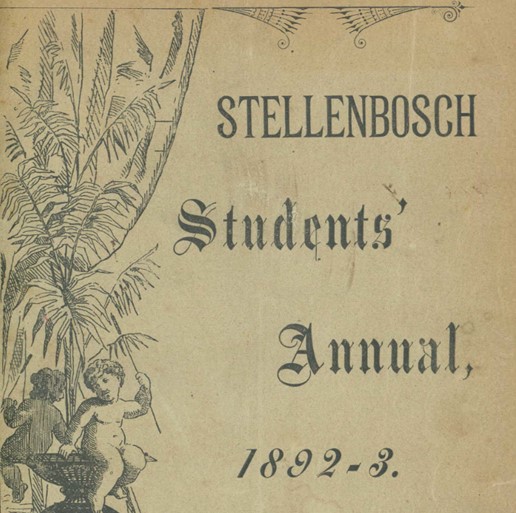

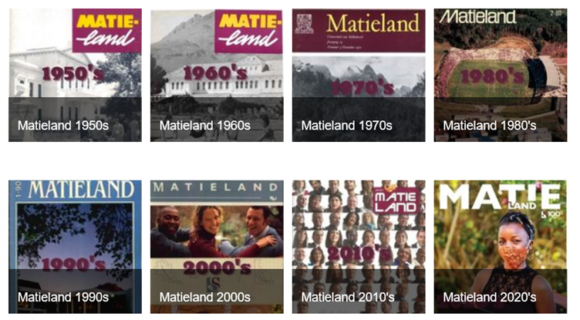
Recent Comments